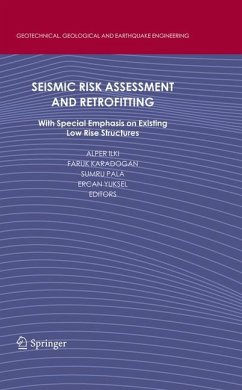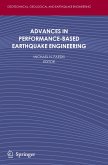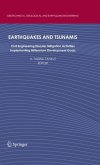This volume covers the interdisciplinary field of disaster mitigation against earthquakes. It places special emphasis on the prevention of the total collapse of existing low-rise buildings with the goal of reducing loss of life and economic assets.
Many more people are coming to live in earthquake-prone areas, especially urban ones. Many such areas contain low-rise, low-cost housing, while little money is available to retrofit the buildings to avoid total collapse and thus potentially save lives. The lack of money, especially in developing countries, is exacerbated by difficulties with administration, implementation and public awareness.
The future of modern earthquake engineering will come to be dominated by new kinds of measuring technologies, new materials developed especially for low-rise, low-cost buildings, simpler and thus lower cost options for retrofitting, cost cutting and raising public awareness.
The book covers all the areas involved in this complex issue, from the prevention of total building collapse, through improvement techniques, to legal, financial, taxation and social issues.
The contributors have all made valuable contributions in their own particular fields; all of them are or have been closely involved with the issues that can arise in seismic zones in any country. The recent research results published here offer invaluable pointers to practicing engineers and administrators, as well as other scientists whose work involves saving the lives and property of the many millions of people who live and work in hazardous buildings.
Many more people are coming to live in earthquake-prone areas, especially urban ones. Many such areas contain low-rise, low-cost housing, while little money is available to retrofit the buildings to avoid total collapse and thus potentially save lives. The lack of money, especially in developing countries, is exacerbated by difficulties with administration, implementation and public awareness.
The future of modern earthquake engineering will come to be dominated by new kinds of measuring technologies, new materials developed especially for low-rise, low-cost buildings, simpler and thus lower cost options for retrofitting, cost cutting and raising public awareness.
The book covers all the areas involved in this complex issue, from the prevention of total building collapse, through improvement techniques, to legal, financial, taxation and social issues.
The contributors have all made valuable contributions in their own particular fields; all of them are or have been closely involved with the issues that can arise in seismic zones in any country. The recent research results published here offer invaluable pointers to practicing engineers and administrators, as well as other scientists whose work involves saving the lives and property of the many millions of people who live and work in hazardous buildings.







